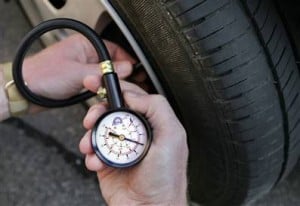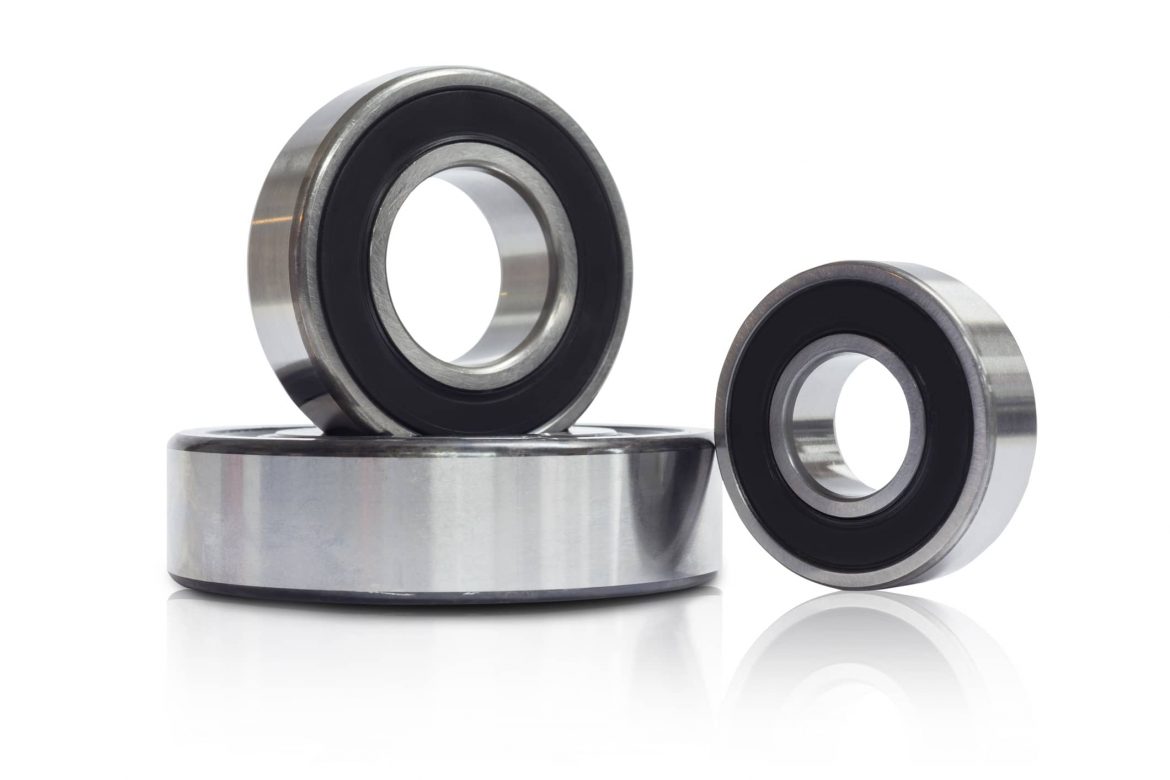We are currently in a series of articles focusing on the things you should be checking periodically on you vehicle to make sure you catch problems early and are keeping up with the routine maintenance on your vehicle. If you missed our last article, it was on things you should be checking on your vehicle every week. You can check that article out here: https://gobdp.com/blog/routine-maintenance-schedule-check-every-week/. Today’s article will address a monthly maintenance schedule that includes the things you should be checking, but don’t necessarily need to be checked every week.
Why should I have a routine maintenance schedule for my car?
Keeping up with the routine maintenance on your vehicle will help save you money in the long run because you will discover problems before they are catastrophic. Catching a problem early means you can change a fluid, or a small part of be off running reliably again for a small cost, whereas if you left that problem go it could turn into a much more expensive problem that requires more parts to be replaced. Some problems your vehicle may develop can cause a rapid change in conditions so they need to be checked for regularly. Other problems may be slower so they don’t need to be checked as frequently because even if something is wrong, it may still be weeks or months before it causes bigger problems.
What should I check during routine maintenance?
 A great example of this is the air pressure in your tires. Having the right air pressure in your tires is important for comfort, safety and the longevity of your tires. Even if you don’t have a leak in your tires, they will tend to loose air pressure as your drive, especially if you live in a climate that has drastic temperature swings from night to day, or from week to week. We recommend you check your tire pressure every month so you can identify a slow leak, but also to make sure your tire pressure is topped up from regular losses. Having low tire pressure can make your vehicle handle poorly, tires wear out too soon and possible go flat while you are driving. Having tire pressure too high can also make your tires wear too soon, your ride rough and possible longer braking distance. You should have a sticker on your driver side door jamb that lists the factory recommended tire size pressure for your vehicle.
A great example of this is the air pressure in your tires. Having the right air pressure in your tires is important for comfort, safety and the longevity of your tires. Even if you don’t have a leak in your tires, they will tend to loose air pressure as your drive, especially if you live in a climate that has drastic temperature swings from night to day, or from week to week. We recommend you check your tire pressure every month so you can identify a slow leak, but also to make sure your tire pressure is topped up from regular losses. Having low tire pressure can make your vehicle handle poorly, tires wear out too soon and possible go flat while you are driving. Having tire pressure too high can also make your tires wear too soon, your ride rough and possible longer braking distance. You should have a sticker on your driver side door jamb that lists the factory recommended tire size pressure for your vehicle.
Next, after you have been driving for a few minutes and your car is warmed up, take some time to park and leave your car running. With it idling, take a few steps around your vehicle and listen for odd noises, check the exhaust for smoke and look underneath for leaks. Also, with the motor still running, pop the hood and give it a quick look around. See if there are any fluids spraying, dripping or leaking. Also, while you are there, check the coolant level in your cool overflow tank but never open the radiator cap. If you discover any leaks from your vehicle during this inspection, it is important to seal them quickly so you do not run low on that fluid. Head to gobdp.com to find the leak stop product that is right for the leak in your vehicle so you can seal it quickly and easily.
Lastly, once a month while you’re driving take some time to track your fuel mileage. You can do this easily if your vehicle has an onboard computer. Always go by the average mileage. If your vehicle does not have onboard tracking system, you can try resetting your trip meter after you fill up your fuel tank. The next time you fill up divide the miles on your trip meter by the number of gallons you put in your tank to get your average gas mileage over the tank. In your fuel mileage, you are mostly looking for trends. Think about the kind of driving you did recently. If you travelled the same route as the last time you logged your mileage it will be an even comparison but if you did more stop and go or mountain driving this trip your mileage will likely be a little lower and if you were on the highway a lot it will likely be a little higher. These trends are to be expected. If you see a surprising drop in mileage it could be an indication that your vehicle isn’t running properly. It could indicate that your engine air filter, spark plugs or fuel filter needs to be replaced.
The last thing to check every month is your vehicles maintenance log. Every vehicle manufacture lists the routine maintenance items needs and their mileage or time intervals either in a maintenance log or in the user’s manual. Each month you should look at this log and check your vehicle’s mileage and see if any maintenance items are due or close to due. Completing these items on time will keep your vehicle running great for years to come.
BlueDevil Products can be found on Amazon.com or at AutoZone, Advance Auto Parts, O’Reilly Auto Parts, NAPA, and other major auto parts retailers.
1 responses to "Routine Maintenance Schedule – What you Should Check Every Month"
1 Comments
Leave a Reply
Related Articles




Wow!!Quite educative I wish we get some of these wonderful products here in Ghana.